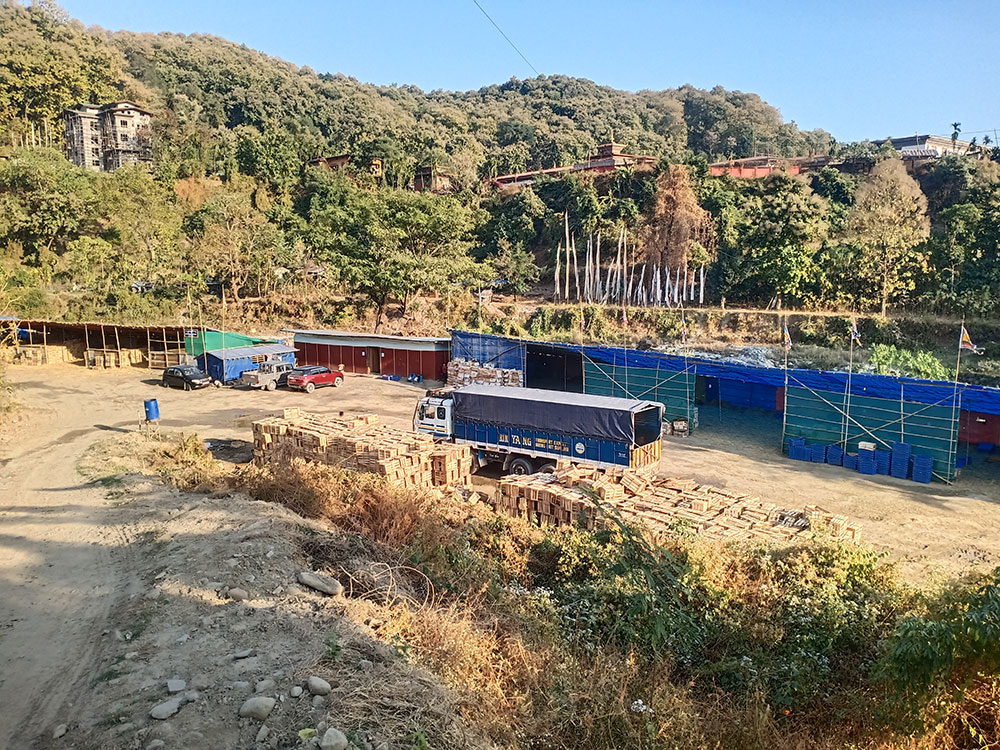Kelzang Wangchuk | Samdrupjongkhar
Mandarin exporters in Samdrupjongkhar are worried about their business as the mandarin yield was reduced by about 80 percent this year compared to last year.
However, the price has remained the same as last year.
Mandarin export usually starts from mid-November until mid-February every year, but the export in Samdrupjongkhar this year started from the third week of December because of low production.
The number of exporters has also dropped to three this year from six last year. The depots are also empty.
The three exporters have exported about 33 truckloads of mandarins to Bangladesh as of yesterday.
Rinyang export house has exported about 20 truckloads of mandarins.
The exporter, Seyna, said he started exporting on December 20 last year and exported about 20 truckloads to Bangladesh. “But the quality is good this time.”
He had exported about 70 truckloads by this time last year.
Seyna said he is offering Nu 1,000 for meel (big) and Nu 800 for keel (small) mandarins per box this year. However, the floor price in Bangladesh remained the same, which is USD 16 for meel and USD 13 for keel per box.
He said they face challenges with getting Indian currencies (IC) for the expenses required in India and Bangladesh. “It would help if the banks could give us a certain amount of IC.”
Pin-Nga enterprise owner, Langa Dorji, said he started exporting the oranges on December 27 last year and has sold about five truckloads to Bangladesh so far because of the low production.
He said he is buying the oranges from farmers at Nu 1,200 for meel and Nu 1,000 for keel per box, while he paid Nu 900 to Nu 1,200 for meel and Nu 700 to Nu 900 for keel per box last year. “The business will be at a deficit this year, but we have to bear it.”


